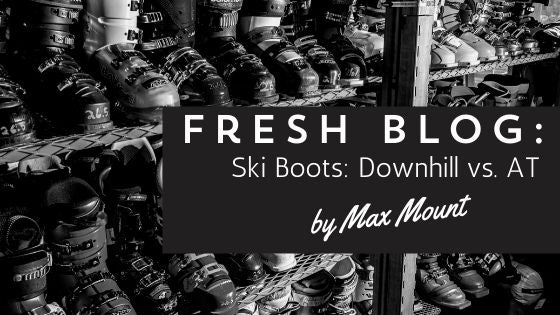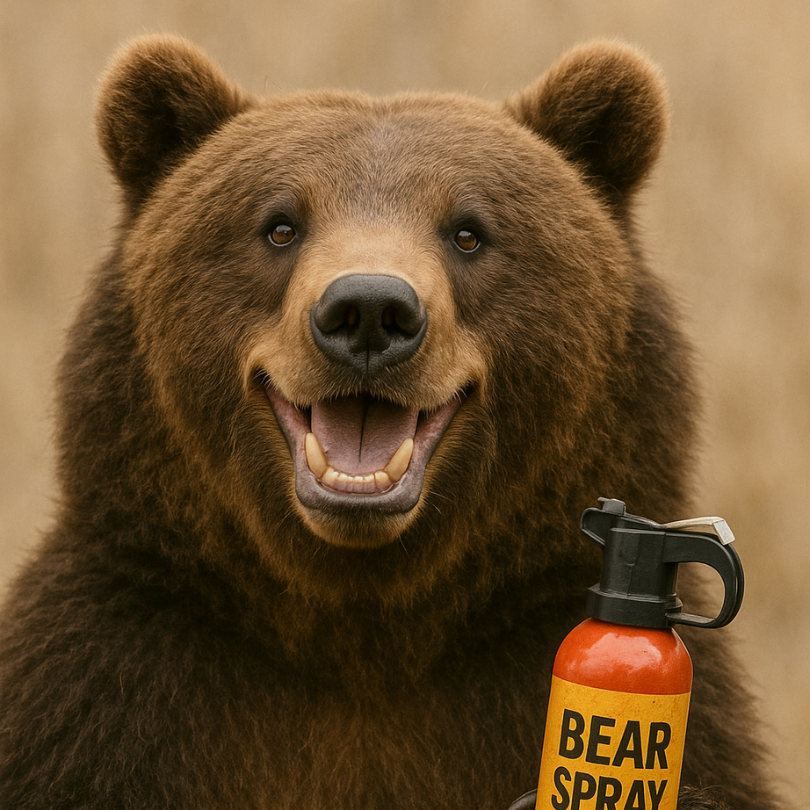Your Cart is Empty
Mon - Sat 10AM to 6 PM - Sunday 12PM-5PM

Thinking about trying out skiing this winter and looking for affordable ski boots? You've come to the right place! There are likely tons of ski boots on the shelves of the shop and while they all look similar, there are some distinct differences that are important when choosing the perfect boot for your new winter adventures.
Alpine Touring Boot. Alpine touring boots are designed specifically for backcountry skiing. AT boots offer the lightest and most efficient way to travel in the back country but are not designed for resort skiing. AT boots are packed with technology such as a walk mode allowing for a more efficient uphill skiing. AT boots also require a specialized pin binding. This boot is recommended for experienced backcountry skiing only.
Downhill Ski Boots.Downhill ski boots are the resort specialists. They are the most commonly used boot and are designed to offer the most controlled and comfortable ride down any resort slope. Downhill boots use a more traditional alpine binding with toe and heel pieces but cannot be used in a pin binding and are not recommended for backcountry excursions. This is the recommended boot for the average skier who is spending their day at purgatory and other resorts.
Hybrid Ski Boots. Hybrid ski boots are the mixture of Alpin Boots and Downhill boots. They offer a great way to blend resort skiing and backcountry skiing into one boot. Hybrid boots allow the integration of both pin bindings and alpine bindings. Hybrid boots are not as efficient uphill climbers as a true Alpine Touring boot and not as efficient as a Downhill boot when it comes to everyday resort skiing. This boot is recommended for experienced skiers who are spending time in both the backcountry and the resorts.

If you are camping in bear country, or in any place where food storage is a concern, you should strongly consider using a bear canister–a storage system that is built to keep bears out of your food. And in some places, particularly parks in California, Montana, Colorado, and Washington,backcountry campers are required to have and use bear canisters.
While you may get lucky by hanging your food in a sack from a tree, this is not permitted in many areas and virtually impractical in many alpine anddesert backpacking zones. Bear canisters are the preferred method for storing food and other smelly items, but there are many kinds to be aware of. Let’s look at them in more detail.

For many hikers, summiting one of Colorado’s 14,000-foot peaks is a lifetime achievement. Others make it their entire personality, working for years and even decades to climb all of them. Some make a goal of climbing them all in a single season while others try to ski them all.
The problem with climbing 14ers for many people is that they are difficult–and we’re not just talking about the thin air. Of the 58 in Colorado, about one-third entrail considerable exposure and require skilled route-finding and ascent/descent skills. About half have either moderate or considerable challenges. Just eight are considered “easy.”
Hikers looking to summit a 14er near Durango will find four that rank generally as easy or the easy end of moderate. They are all in the same two canyons and can be climbed by someone with decent fitness, good shoes, and a penchant for waking up early. The roads to access all these peaks are part of the Alpine Loop and can be driven from Silverton in a four-wheel drive such as a Tacoma, but are generally not in all-wheel drives like Subarus.
Ready? Here goes!